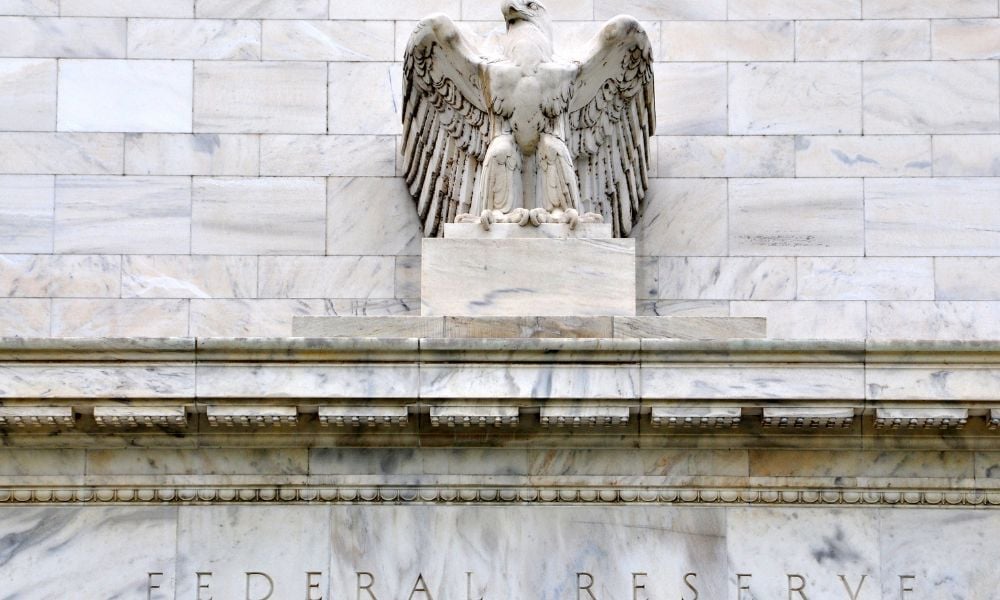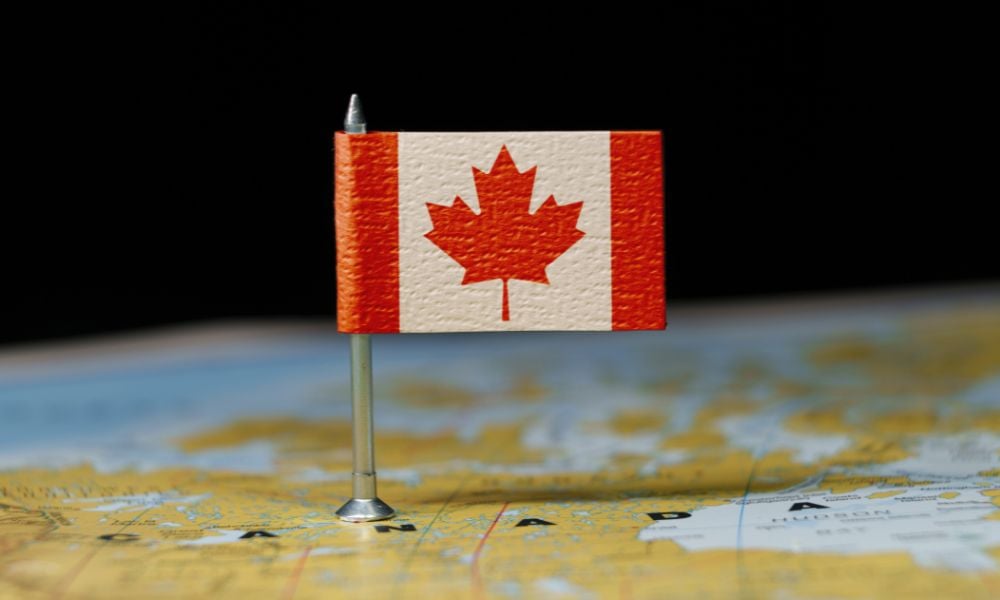US core inflation rise and tariff effects shape outlook ahead of Fed's September policy decision

Investor conviction in a September Federal Reserve rate cut surged after July inflation data came in largely as expected and showed limited pass-through from US President Donald Trump’s tariffs to consumer prices.
As per LSEG data reported by Reuters, the probability of a 25 basis point cut jumped to 98 percent from about 89 percent earlier in the day.
Two-year Treasury yields, a key gauge of policy expectations, fell about two basis points to 3.729 percent following the release.
According to the Bureau of Labor Statistics (BLS) data cited by The New York Times, the US Consumer Price Index (CPI) rose 0.2 percent in July and 2.7 percent year over year, under the 2.8 percent consensus.
Core CPI, which excludes food and energy, climbed 0.3 percent month over month and 3.1 percent annually — its fastest annual pace in five months.
Tiffany Wilding, economist at PIMCO, expects core CPI to peak at 3.4 percent by year-end as tariff-related costs filter through, while Tom Porcelli, chief US economist at PGIM Fixed Income, said the increases will emerge gradually rather than in a single month.
As reported by Reuters, Andrew Szczurowski of Morgan Stanley Investment Management said the market had been expecting a hotter inflation figure, and the softer outcome, combined with weaker labour data, suggested the Fed may be missing its employment target more than its inflation target.
July’s jobs report showed only 73,000 positions added, with May and June figures revised down by a combined 258,000.
The BLS data, highlighted by The New York Times, showed the most significant price gains in furniture, appliances, apparel, and footwear.
According to Reuters, Joseph Lavorgna, counsellor to US Treasury Secretary Scott Bessent, said exporters have largely absorbed tariff costs by cutting prices, noting that inflation has undershot expectations for six straight months.
President Trump used the subdued CPI figure to bolster his argument that tariffs do not harm consumers and criticised Goldman Sachs economists for their tariff impact forecasts.
As per Bloomberg, US equity markets were little changed early Monday ahead of the CPI release, with the S&P 500 up 0.1 percent, the Nasdaq 100 flat, and the Cboe Volatility Index just below 16.
Analysts said a hotter-than-expected CPI could have sharply reduced rate-cut expectations, given recent market support from anticipated Fed easing.
The New York Times reported that the inflation release came amid political changes at the BLS.
Ten days after firing Commissioner Erika McEntarfer over the weak jobs report and alleging without evidence that she manipulated the data, Trump nominated E.J. Antoni, a critic of the agency, to lead it.
The move has drawn attention to concerns over the quality of federal economic data.


